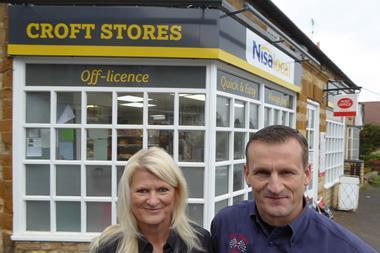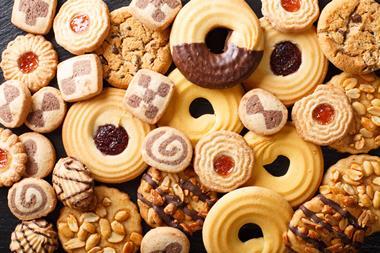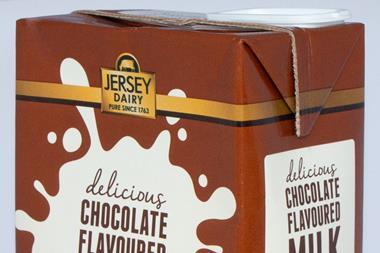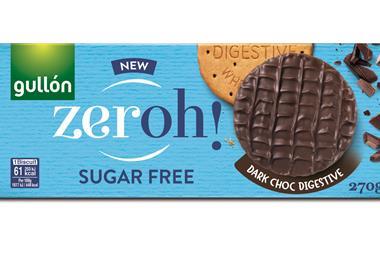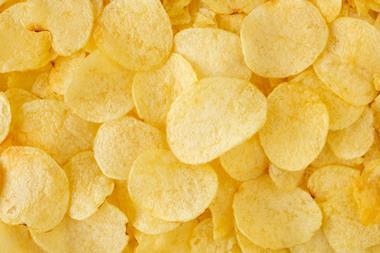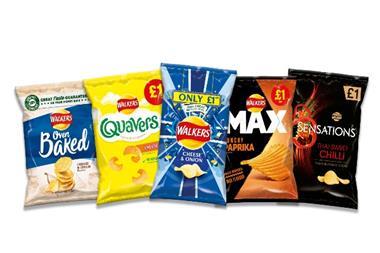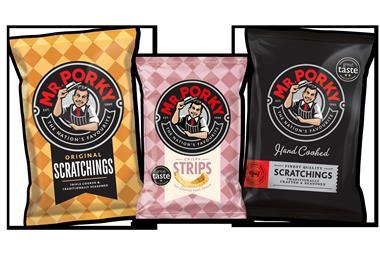Seven things we learned from the Pladis Annual Biscuit Review

McVitie’s brand owner Pladis reveals key insights from its Annual Biscuit Review 2019 and explains how coronavirus is impacting biscuit consumption.
ALREADY HAVE A REGISTERED USER ACCOUNT? PLEASE LOG IN HERE
To read the full story join the ConvenienceStore.co.uk community today!
Registration is quick and easy and provides access to:
- Unlimited ConvenienceStore.co.uk articles
- Our great range of newsletters
- Content you’ve saved for later via the ‘my library’ feature
And much more…





















